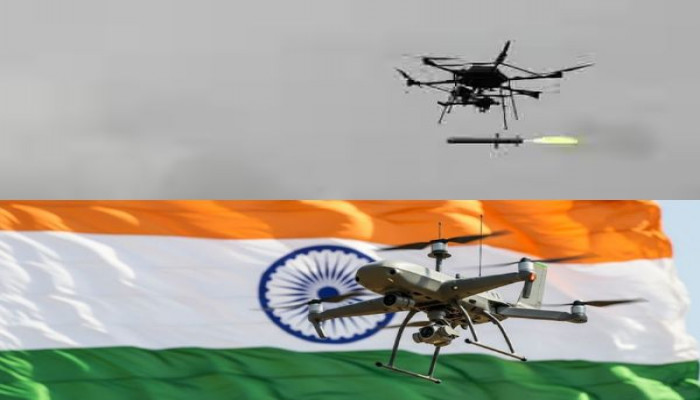DRDO successfully tests extended-range UAV-launched missile ULPGM-V3
- In Reports
- 05:04 PM, Jul 25, 2025
- Myind Staff
DRDO has successfully conducted the flight test of the UAV Launched Precision Guided Missile (ULPGM)-V3 at the National Open Area Range (NOAR) in Kurnool, Andhra Pradesh.
Defence Minister Rajnath Singh congratulated the teams involved and said the achievement shows that the Indian industry is now capable of adopting and developing critical defence technologies.
"In a significant addition to India's defence strengths, @DRDO_India successfully conducted flight test of UAV Launched Precision Guided Missile (ULPGM)-V3 at the National Open Area Range (NOAR), test range in Kurnool, Andhra Pradesh. Congratulations to DRDO and industry partners, DcPPs, MSMEs and Start-ups on developing and successfully test firing of the ULPGM-V3 system. The success demonstrates that the Indian industry is now capable of absorbing and producing key Defence Technologies," Singh wrote on X.
The ULPGM-V3, which is also known as the extended-range variant ULM-ER, was earlier displayed at the Aero India 2025 exhibition held in Bangalore from 10 to 14 February.
According to the DRDO website, citing Janes news, the ULM-ER is a version of the UAV-Launched Precision Guided Munition developed by DRDO, and it uses passive homing based on an imaging infrared seeker, allowing it to operate during both day and night.
The missile weighs 12.5 kg and is designed as a fire-and-forget weapon powered by a compact dual-thrust solid propulsion unit, giving it a range of 4 km during the day and 2.5 km at night.
It also includes a two-way datalink for communication and comes with multiple warhead options, which allow it to hit both stationary and moving targets.
Adani and Bharat Dynamics Limited (BDL) are the key manufacturing partners for the ULPGM system, while the DRDO (DRDO) is leading its development and testing.
The ULPGM system currently has three versions. V1 is the base model, V2 is the production version also known as ULPGM, and V3 is the extended-range version, also called ULM-ER.
The main differences between V1, V2, and V3 are in their upgraded guidance features, overall performance, and extended operational range.







Comments